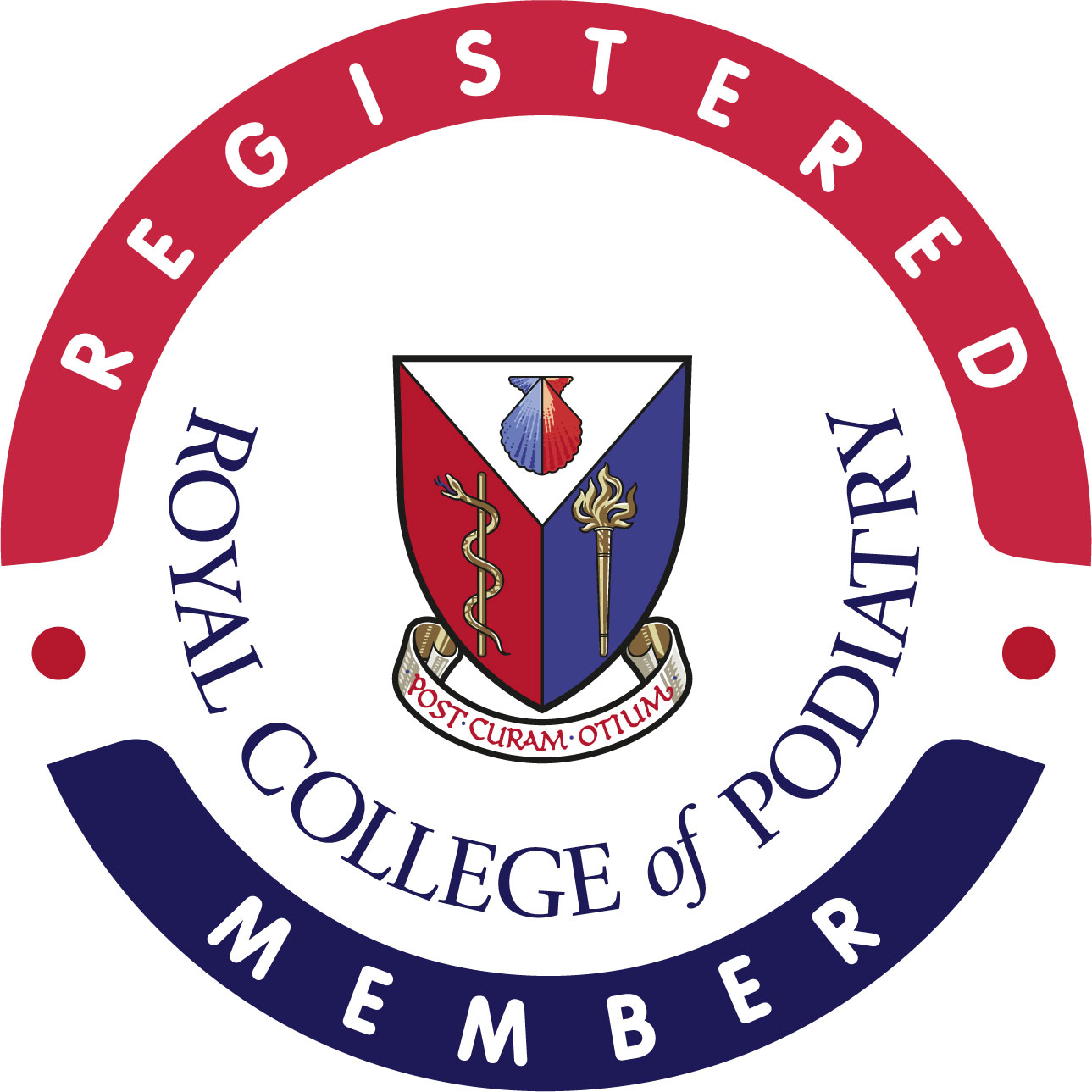Shin Splints
Medial Tibial Stress Syndrome (MTSS), commonly known as shin splints, is a term that is used to describe the pain felt along the front of the leg, particularly at the shin bone. The pain is typically concentrated in the lower part of the leg between the knee and ankle. A common overuse injury, shin splints affect people who frequently participate in physical activity, putting stress on the muscles and bones of the lower legs.
The inflammation and swelling that is caused by the stress to the muscles and connective tissues of the shin bone can bring with it intense pain that often causes people to stop engaging in activities that trigger it. Fortunately, with the right care, you can not only reduce the pain associated with shin splints but also prevent them from occurring in the first place. Podiatry Station and its team of experts have put together a comprehensive guide to shin splints and how to avoid them to allow you to enjoy your physical activities without worries.
What Causes Shin Splints?
Shin splints are a common overuse injury developed from the repeated stress to the shin bone with activities such as running or jumping. The frequent pressure on the muscles and connective tissues in the lower leg can cause the shin bone to become inflamed and swollen, resulting in weakening of the bone and ultimately pain.
There are various activities and physical attributes that can increase the risk of developing shin splints. Anatomical features such as flat feet as well as weak ankles, hips, and thigh muscles can all contribute to increased pressure being placed on the shin. Physical activities such as running on hard surfaces or working out without properly warming up and stretching can also increase the risk of developing shin splints. Improper fitting attire, shoes without good support, or using the wrong shoes for the activity you’re participating in is lesser of a cause, but a contributor nonetheless.
How Are Shin Splints Diagnosed and Treated?
Fortunately for those suffering from shin splints, they do not have to wonder for long what is causing their discomfort, as shin splints are very common injuries and easily diagnosed. Your Podiatrist can typically diagnose a shin splint during a physical exam and by asking lifestyle questions. Common symptoms of shin splints include:
- Dull pain in the front part of the leg between the knee and ankle
- Pain that develops or is amplified during exercise or physical activity
- Swelling of the lower leg
- Pain or tenderness along either side of the shin bone
Shin splints are typically treated with at-home remedies and surgery is rarely used as a treatment option. The discomfort caused by shin splints should resolve itself within a few hours to a few days once physical activities have been limited and the leg has been given time to rest.
The recommended remedies for shin splints include:
Ice the leg to reduce swelling
- Keep legs elevated
- Take an anti-inflammatory such as ibuprofen (Advil)
- Use a foam roller
How to Avoid Shin Splints?
While shin splints may not be a life-threatening condition and are easily treatable at home, they do cause discomfort and the best way to treat them is to prevent them from happening in the first place. There are several steps you can take to prevent shin splints from occurring:
- Avoid exercising on hard surfaces
- Warm-up and stretch before exercising
- Wear proper shoes with good support and shock-supporting insoles (optional)
- Avoid increasing exercise intensity too rapidly
If you suffer from shin splints or suspect that you may have developed them, the best option is to visit a podiatrist who can diagnose and treat the condition. Avoid exercising through the pain as it can lead to further complications. Take care of your body to prevent future injuries by following the steps outlined above.








